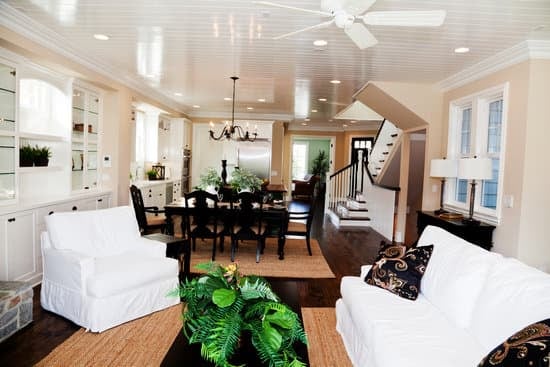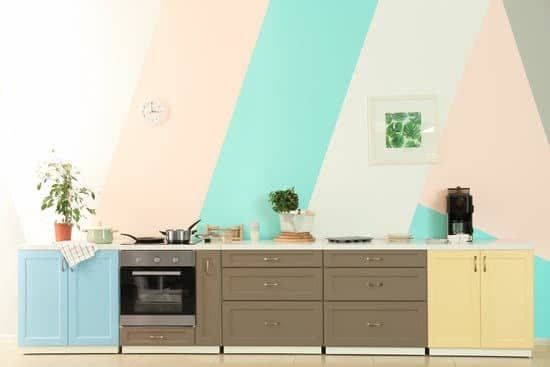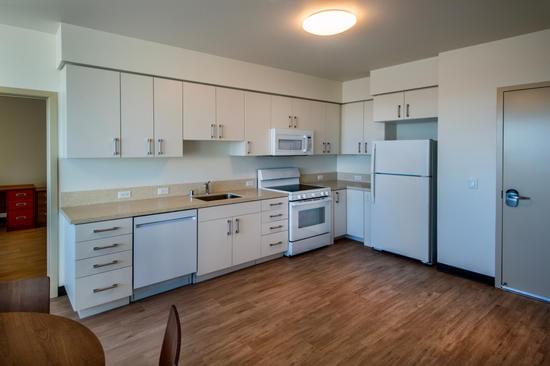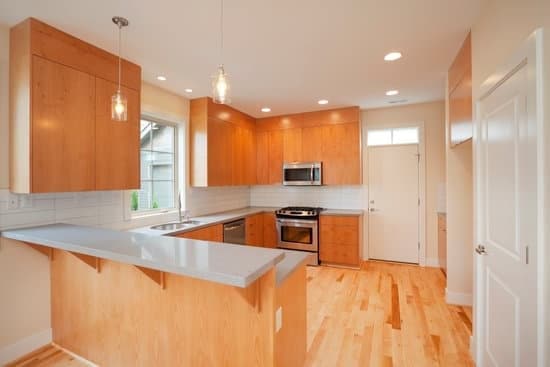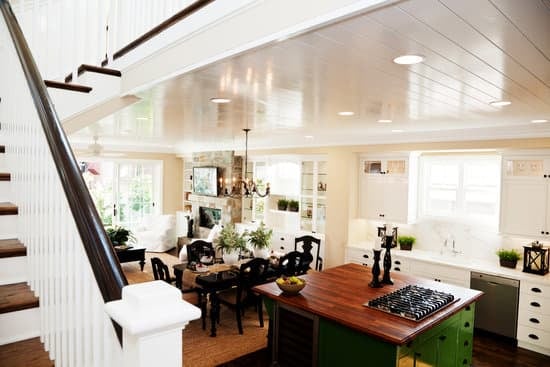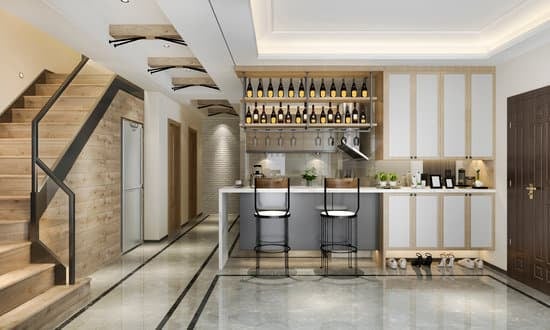Are you looking to give your kitchen cabinets a rustic and worn look? In this article, we will guide you through the process of distressing your kitchen cabinets using chalk paint. By following these steps, you can achieve a beautifully aged appearance that adds character to your space. We will cover everything from preparing your cabinets for distressing to selecting the right chalk paint and applying it correctly. Get ready to transform your kitchen with this easy and safe DIY project!
Preparing Your Cabinets for Distressing
Now you’ll want to start preparing your cabinets for distressing by removing all the hardware and giving them a thorough cleaning. Safety is important, so before you begin, make sure to wear protective gloves and goggles. Start by unscrewing all the knobs, handles, and hinges from the cabinet doors. This will make it easier to work on them later. Next, use a sanding technique to roughen up the surface of the cabinets. This will create a better surface for the paint to adhere to. After sanding, wipe down the cabinets with a damp cloth or sponge to remove any dust or debris. Once they are dry, it’s time to clean and prime them. Use a gentle cleaner to remove any grease or grime from the surfaces, then apply a primer that is suitable for your chosen chalk paint color. Allow the primer to dry completely before moving on to distressing your cabinets in our next subtopic.
Choosing the Right Chalk Paint
To achieve the desired look, you’ll want to select the appropriate type of paint for distressing your cabinets. When choosing chalk paint for your kitchen cabinets, there are several color options available to match your style and preferences. Chalk paint comes in a wide range of shades, from soft pastels to bold and vibrant hues, allowing you to customize the distressed look of your cabinets.
One of the pros of using chalk paint is its versatility. It adheres well to most surfaces and requires minimal prep work before application. Chalk paint also dries quickly, allowing you to move on with the distressing process sooner. However, keep in mind that chalk paint can have a matte finish which may not be suitable for high-traffic areas prone to moisture or spills.
When distressing kitchen cabinets with chalk paint, consider both the color options available and weigh the pros and cons to ensure you achieve both the aesthetic appeal and durability you desire.
Applying the Base Coat
Start by applying a base coat to your cabinets using the chosen color of paint. Before you start, make sure to choose a color that complements your kitchen decor and personal style. When applying the base coat, it’s important to follow safety precautions. Open windows for proper ventilation and wear protective gloves and goggles to avoid any contact with the paint. Start by cleaning your cabinets thoroughly to remove any grease or dirt. Then, apply the base coat evenly using a brush or roller, making sure to cover all surfaces. Avoid common mistakes like applying too thick of a coat, as this can lead to drips and uneven drying. Allow the base coat to dry completely before moving on to distressing techniques
Distressing Techniques
Once the base coat has dried completely, you can begin adding character to your cabinets using distressing techniques. Here are four simple steps to achieve antique finishes on your kitchen cabinets:
- Sandpaper: Gently sand the edges and corners of your cabinets to create a worn look. Start with a fine-grit sandpaper and gradually move to a coarser one for more distressing.
- Hammer or chains: Use a hammer or chains to lightly tap on the cabinet surface, creating dents and dings. Be careful not to hit too hard as it may cause damage beyond distressing.
- Steel wool: Rub steel wool over areas that would naturally wear over time, like handles and knobs, for an authentic aged appearance.
- Candle wax: Apply candle wax on certain spots before applying the final coat of chalk paint. This will resist adhesion, allowing the base color to show through when distressed.
Remember to wear safety goggles and gloves when using distressing tools for protection against debris and splinters.
Sealing and Finishing Touches
After completing the distressing techniques, it’s important to seal and add finishing touches to your newly transformed cabinets. The first step is ensuring proper ventilation in your workspace. Open windows or use a fan to keep fresh air circulating, as sealing products can release fumes that may be harmful if inhaled for extended periods.
To create a vintage look with distressing techniques, consider using a clear wax or polyurethane sealer. This will protect the paint from chipping further and give your cabinets a smooth finish. Apply the sealer evenly using a brush or cloth, following the manufacturer’s instructions.
For an extra touch of authenticity, you can also add aging effects like crackle glaze or dark wax. These will enhance the distressed appearance by creating subtle cracks and adding depth to the color.
Remember, safety should always come first when working with any kind of paint or sealing product. So make sure you’re working in a well-ventilated area and follow all safety precautions mentioned on the product labels.
Conclusion
In conclusion, distressing your kitchen cabinets with chalk paint is a great way to add character and charm to your space. By properly preparing your cabinets, choosing the right chalk paint, and applying the base coat, you can achieve a beautifully distressed look. Experiment with different distressing techniques to create a unique and personalized finish. Finally, seal your cabinets and add any finishing touches for added durability and style. Enjoy the process of transforming your kitchen cabinets into stunning focal points!

